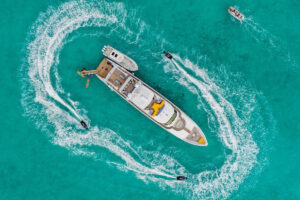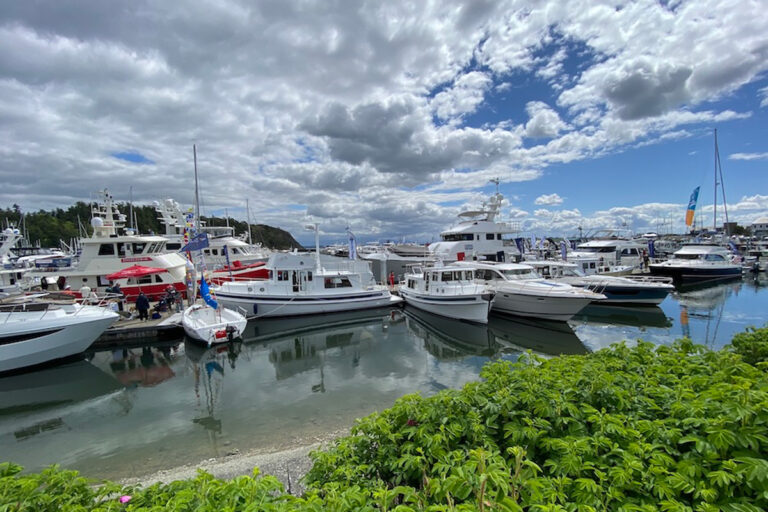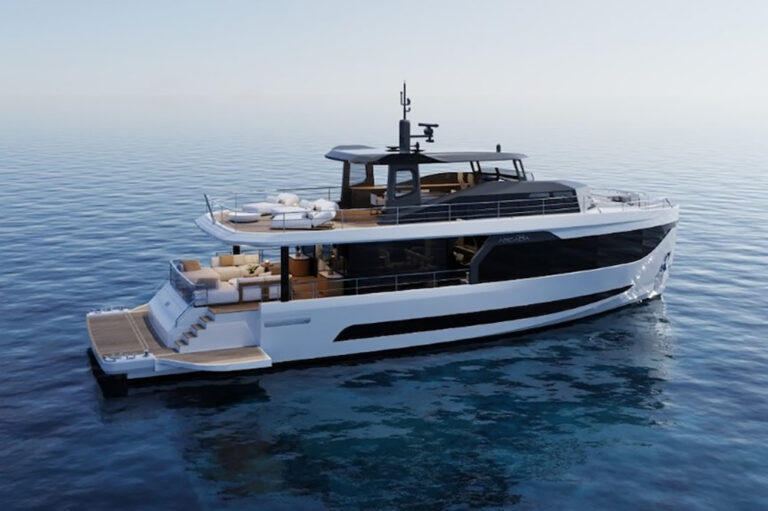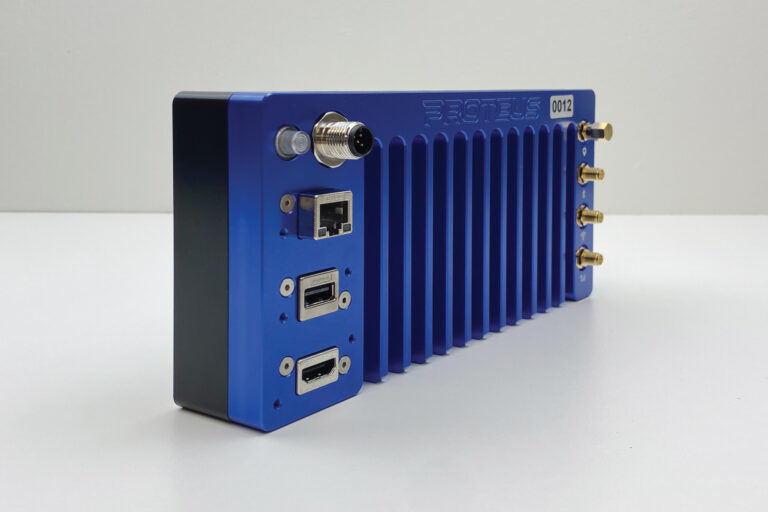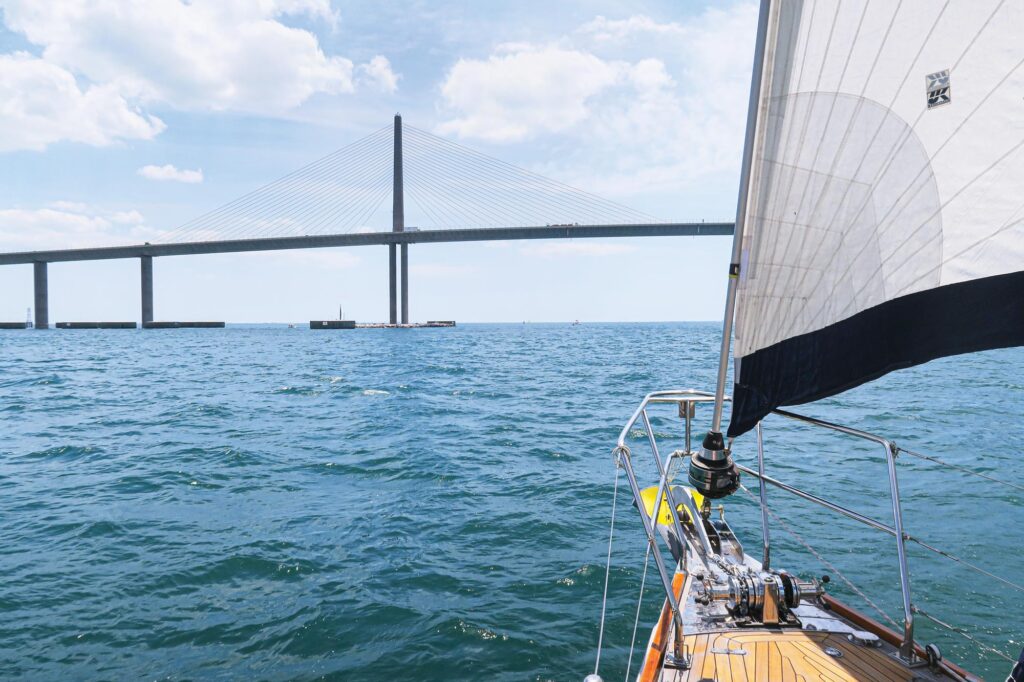
There comes a moment in almost every offshore racing sailor’s life when unforeseen circumstances (dangerously deteriorating weather, broken gear, injured crew) conspire to put an abrupt end to the proceedings. It’s not always easy exercising discretion over valor, particularly if a lot of time, money and planning have been invested. On some occasions, it’s an excruciating call. But it can also be pretty straightforward. Sometimes there’s no other option. It’s just quitting time.
They say bad things come in threes, and late last April, during the Regata del Sol al Sol from St. Petersburg, Florida, to Isla Mujeres, Mexico, I bailed out of a distance race for the third time in my sailing career. I’m certainly hoping it will be my final such abandonment. But each incident was also a learning experience.
The first time was during the 2005 running of the Pineapple Cup, from Miami to Jamaica. I was aboard an impeccable 60-footer called Serengeti. It was blowing like hell out of the north. We were in Bahamian waters, in the Northeast Providence Channel. That is when we heard a ping—the sound of the carbon rudder stock snapping off right at the waterline. It happened in a pretty fortuitous place, 40 miles north of Nassau. We were able to set a drogue and hoist the small staysail. With just enough steerage, the northerly breeze more or less blew us straight to safety.
Read More from Herb McCormick: Unforgettable Caribbean Voyage
My second time was last summer while competing in the Ida Lewis Distance Race off Newport, Rhode Island, aboard a 60-foot catamaran called Impossible Dream with a crew that included a number of sailors in wheelchairs. It was rough right from the outset, and many in the team were laid low with seasickness soon after the start. I was on the wheel after midnight, about halfway through the 160-mile contest, when the wind rose dramatically into the mid-40-knot range. I was concerned that if it continued to build, the goal wouldn’t be racing but instead avoiding a potentially catastrophic capsize. The owner agreed, and we pulled the plug, much to the relief of practically everyone.
Third was last spring’s 450-mile race to Mexico, this time aboard a powerful Hylas 54 cruising boat called Split Decision. The forecast was sporty but favorable; after a light-air, midday start in Tampa Bay, the breeze would fill in hard from the east right around midnight. And that is precisely what happened.
It was a bumpy night that got far bumpier as the hours passed and the seas began to stack up. I came on watch at 0600. We had a lot of sail up, and the boat was on autopilot (which was permissible in our cruising-class division). Exactly an hour later, out of nowhere, the boat rounded up to weather, more or less out of control. I put the autopilot on standby, took the wheel and, after a lot of effort, got us slightly back on course—which is when it happened a second time.
It was pretty obvious that our race was over. A hundred miles from St. Pete, more or less upwind, it wasn’t entirely clear how we’d make it back. We put in the emergency tiller, which, in addition to the wheel, added a little extra steering control. Yawing through a course heading that swung some 60 or 70 degrees side to side, we were able to point the boat toward the Sunshine Skyway Bridge, where the whole adventure had begun. In the final miles, after 17 testy hours, the US Coast Guard dispatched a towboat to get us into the anchorage on the Manatee River. The next morning, skipper John Hamm took a swim and confirmed what we’d suspected: Another rudder had gone on hiatus.
The bad news? It’s always tough to quit. The good? It always comes with a decent sea story.

